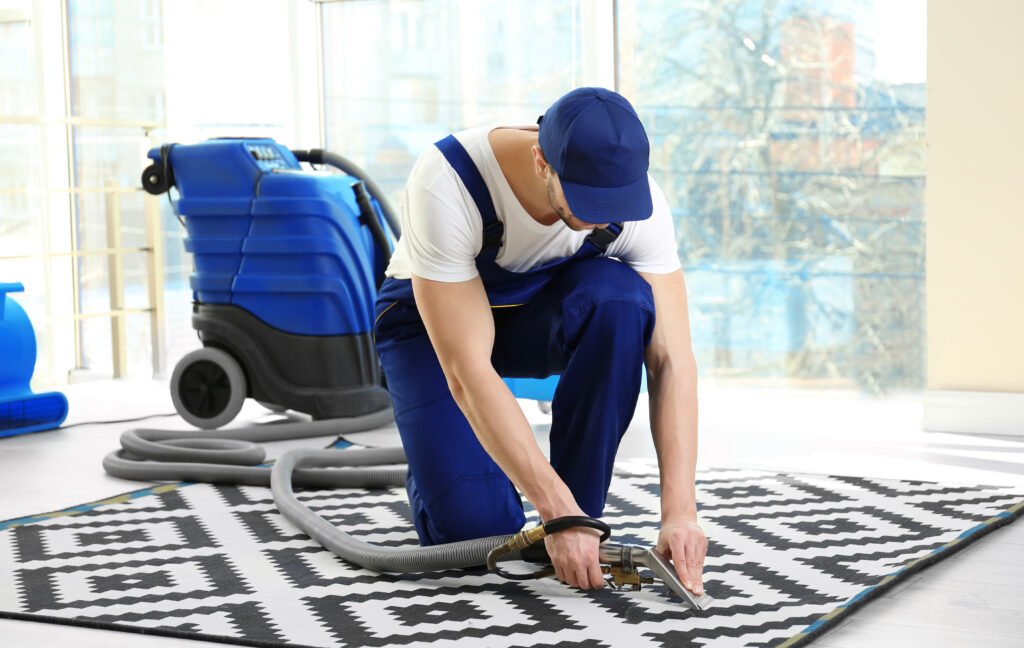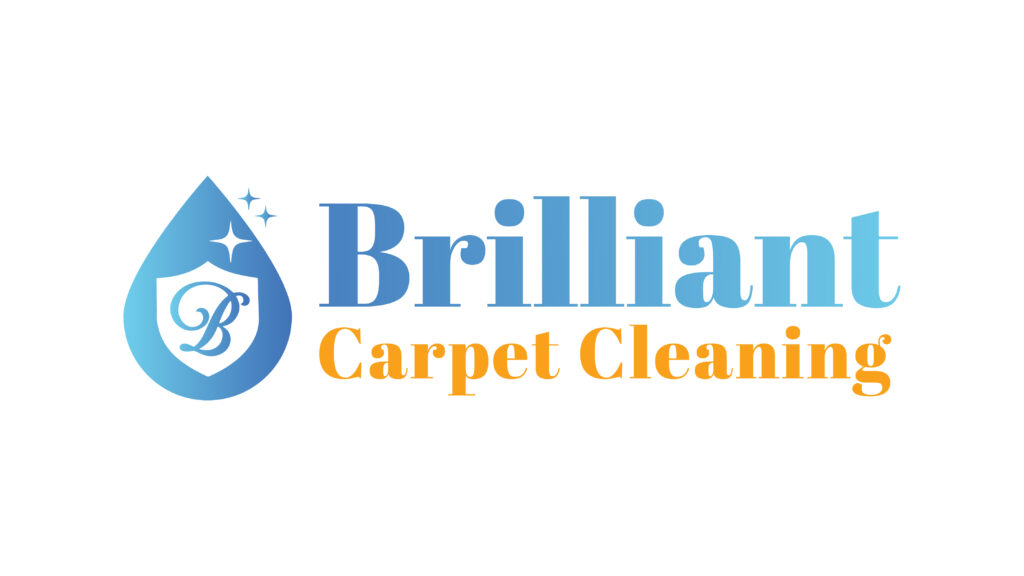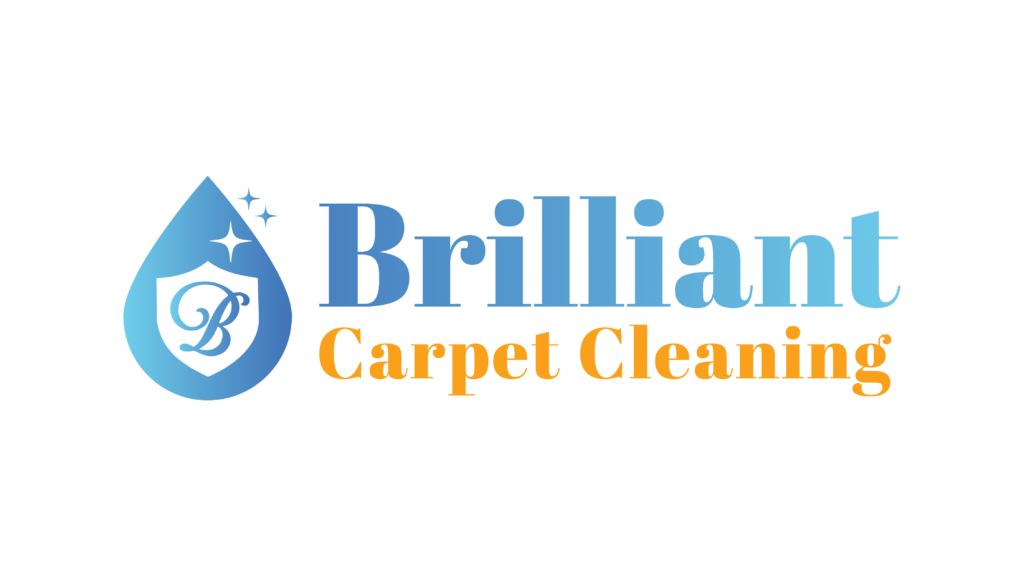
Your home is your sanctuary, and you want it to look and feel fresh all year round. However, with kids, pets, and daily life, upholstery can get dirty quickly. Upholstery cleaning might seem like a daunting task, but with the right tools and knowledge, it doesn’t have to be. In this blog, we will cover everything from understanding upholstery cleaning to decoding the cleaning codes for various kinds of upholstery fabrics.
We will also guide you through step-by-step instructions on how to clean fabric and microfiber couches as well as leather couches. Lastly, we will discuss tips and tricks for removing odors from couch fabrics. So sit back, relax, and read on for some easy-to-follow tips on keeping your upholstery looking as good as new.
Understanding Upholstery Cleaning
Proper care and maintenance of furniture cleaning is essential for a clean and fresh home. Regular cleaning not only helps in preserving the appearance of upholstered pieces of furniture but also extends their lifespan. Upholstery tends to accumulate dust, allergens, and pet dander over time, making regular cleaning a necessity. Understanding different upholstery cleaning methods is crucial for effective stain removal. By removing allergens and odors, upholstery cleaning contributes to improved indoor air quality.
Importance of Regular Upholstery Cleaning
Regular cleaning of furniture helps prevent the buildup of dust mites, allergens, and pet hair, promoting a healthier living environment. By cleaning upholstery regularly, you can also reduce the risk of odors and mildew. Moreover, clean and well-maintained upholstered furniture enhances the overall aesthetic appeal of your home. Additionally, regular cleaning prevents stains from setting in and removes germs, bacteria, and other harmful microorganisms. Incorporating these habits into your cleaning routine ensures the longevity and cleanliness of your furniture.
Challenges in Upholstery Cleaning
Cleaning upholstery can be a challenging task due to various factors. Different upholstery fabric types require specific cleaning methods and products. The presence of hard-to-reach crevices and deep cushions makes it difficult to thoroughly clean every corner. Additionally, certain stains such as ink or oil may require specialized stain removal techniques for effective cleaning. Cleaning upholstery improperly can result in damage to the fabric, leading to costly repairs. In some cases, upholstery with delicate fabric may require professional cleaning to avoid any potential damage.
Decoding the Cleaning Codes for Upholstery
Understanding the cleaning codes for upholstery is crucial in determining the appropriate cleaning method. These codes provide guidance on whether to use water-based or solvent-based cleaners. Each code represents a specific cleaning process recommended for different upholstery fabrics. By following these codes, you can ensure safe and effective upholstery cleaning while preventing any damage to the fabric. Decoding the cleaning codes is essential for maintaining the longevity and appearance of your furniture.
Code W: Water-based Cleaning Solutions
Water-based cleaning solutions, like mild detergent, effectively remove dirt and stains from upholstery with cleaning code W. Spot cleaning code W upholstery can be done using warm water and a microfiber cloth. Regular vacuuming helps maintain cleanliness, and using clear water prevents residue buildup. This method ensures safe and effective cleaning of code W upholstery.
Code S: Solvent-based Cleaning Solutions
Upholstery with cleaning code S can be effectively cleaned using solvent-based cleaners. These cleaners, such as upholstery cleaner, are specifically designed to remove stains and odors from furniture pieces. To clean code S upholstery, you will need a clean, lint-free cloth and proper ventilation. By spot cleaning with solvent cleaners, you can maintain the appearance of your upholstery. Remember to follow the cleaning instructions for code S upholstery to achieve the best cleaning results.
Code W-S: Water and Solvent Cleaners
Code W-S upholstery can be effectively cleaned using either water-based or solvent-based cleaners. Water-based cleaners are suitable for cleaning the water-safe areas of code W-S upholstery, while solvent cleaners are recommended for removing stains on code W-S upholstery. Regular vacuuming, followed by spot cleaning with appropriate upholstery cleaners, helps maintain the cleanliness and appearance of code W-S upholstery. By utilizing these specific cleaning techniques and products, you can ensure the best possible results for your furniture cleaning needs.
Code X: Professional Cleaning Only
For upholstery with cleaning code X, it is important to seek professional cleaning services. Code X upholstery cannot be safely cleaned using water or solvent cleaners. Professional upholstery cleaners have the expertise to clean code X upholstery without causing any damage. By opting for professional cleaning, you can ensure thorough cleaning and effective stain removal. This will help maintain the overall condition and appearance of your code X upholstery.
Step-by-Step Guide to Clean Fabric and Microfiber Couches
To clean fabric and microfiber couches, start by removing the cushions and using a vacuum to eliminate dust and crumbs. Create a solution of warm water and mild detergent to gently sponge clean the fabric. For stubborn stains, follow the manufacturer’s instructions and use an upholstery cleaner. Rinse the fabric with clean water, sponge dry it, and buff it with a microfiber cloth. Allow the couch to air dry completely before replacing the cushions.
Choosing the Correct Cleaning Solution
When it comes to upholstery cleaning, choosing the correct cleaning solution is crucial. Consider the type of fabric you have before selecting a cleaning solution. Test the solution on a small, inconspicuous area to ensure it doesn’t damage or discolor the fabric. Look for upholstery cleaners specifically formulated for your fabric type, and avoid using harsh chemicals. For microfiber couches, a solvent-based cleaner is recommended for best results.
The Cleaning Process
To ensure effective furniture cleaning, start by thoroughly vacuuming the pieces of furniture to remove loose dirt and dust. Treat any stains or spots with an upholstery stain remover before applying a cleaning solution. Work the solution into the fabric using small, circular motions, and gently scrub with a clean sponge or microfiber cloth. Rinse the fabric with water and blot it dry with paper towels.
Drying and Aftercare
After upholstery cleaning, ensure the furniture is completely dry before using it again. Promote air circulation and speed up drying by using a box fan or opening windows. Avoid sitting or placing any items on the upholstery until it is fully dry. Regularly vacuum upholstered pieces of furniture to prevent dust, allergens, and odors. Treat fabric upholstery with a fabric conditioner to maintain its softness and freshness.
Method to Clean a Leather Couch
To clean a leather couch, start by dusting it with a clean cloth to remove loose dirt. Create a mixture of warm water and mild soap, then dampen a microfiber cloth with the solution. Gently clean the upholstery, avoiding excessive water or harsh scrubbing. Rinse the cloth, wipe away any soap residue, and apply a leather conditioner to restore moisture and protect the couch.
Pre-Cleaning Preparations
Before cleaning upholstery, prepare by removing removable pieces and using a lint roller or vacuum cleaner with upholstery attachments to remove pet hair and dust. Test a small area with a mild soap solution to avoid damage. Avoid harsh chemicals, ammonia, or bleach. Have clean water, a microfiber cloth, and leather conditioner ready for cleaning.
Cleaning and Conditioning the Leather
To clean and condition your leather upholstery, start by dampening a microfiber cloth with warm water and a mild soap solution. Use circular motions to gently clean the leather, avoiding harsh scrubbing. Once you’ve cleaned the upholstery, wipe away any soap residue with a clean, damp cloth. After that, apply a leather conditioner according to the manufacturer’s instructions to restore moisture and shine. Finally, allow the leather couch to air dry naturally, away from direct sunlight or heat sources.
Tips on Removing Odors from Couch Fabric
To remove odors from couch fabric, sprinkle baking soda on the upholstery and let it sit for 15-20 minutes. Vacuum the couch thoroughly to get rid of the baking soda, along with odors and dust. Use fabric fresheners or upholstery deodorizers to eliminate lingering smells. You can also place fabric upholstery cushions outside in the fresh air to naturally remove odors. For persistent odors, consider professional upholstery cleaning services.
Odor Removal Techniques
To remove odors from upholstered furniture, sprinkle baking soda on the fabric and let it sit for a few hours before vacuuming. Air out fabric upholstery cushions in a well-ventilated area or use fabric fresheners and upholstery deodorizers. For a deeper clean, follow the manufacturer’s instructions for steam cleaning. If odors persist, consider professional upholstery cleaning services.
Preventive Measures for Odor Accumulation
Regularly clean upholstery to prevent odors from accumulating. Vacuum upholstered furniture to remove dust, pet hair, and allergens. Use fabric-friendly cleaning solutions to eliminate odors without damaging upholstery fabric. Air out cushions and upholstery to reduce odors. Keep upholstered furniture away from sources of odors, such as pet areas or smoking areas.
Conclusion
Regular upholstery cleaning is essential to maintain a fresh and hygienic home environment. It helps prolong the life of your furniture and prevents the buildup of dirt, allergens, and odors. Understanding the cleaning codes for upholstery is crucial in selecting the right cleaning solutions and methods for each type of fabric. Whether you have fabric or microfiber couches or a leather couch, following a step-by-step cleaning process will ensure effective results. Additionally, knowing how to remove odors from couch fabric and implementing preventive measures can keep your furniture smelling fresh. For professional upholstery cleaning services or more tips and guidance, feel free to get in touch with us.


